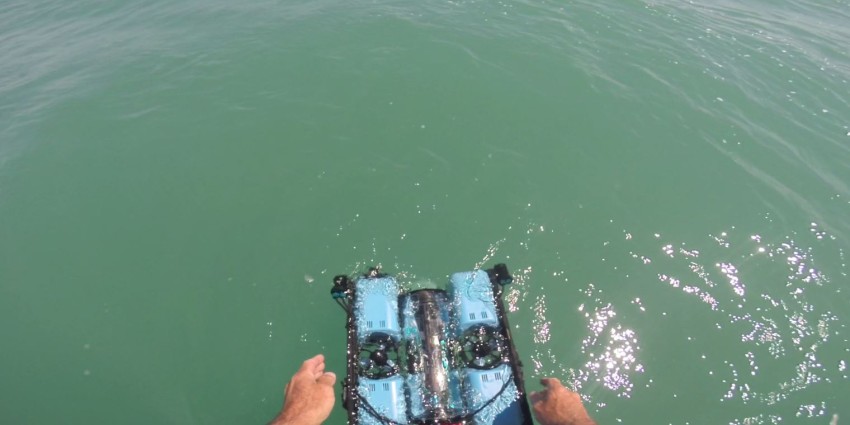A “digital twin” is a virtual copy of a physical object or system that uses real-time data to monitor and simulate behaviour. This modelling can then identify and address issues before they occur, potential revolutionising how organisations operate and innovate.
Several ocean digital twin projects are already underway to recognize and try to anticipate the impacts on global environmental change on ecosystems.
One such project has completed field tests in near Ishigaki Island, Okinawa in Japan. Fujitsu, the National Maritime Research Institute, National Institute of Maritime, Port and Aviation Technology (NMRI), successfully acquired precise 3D data for mapping coral reefs, using AUVs, LiDAR and AI.
Full article at: Electronics Media 26mar24







